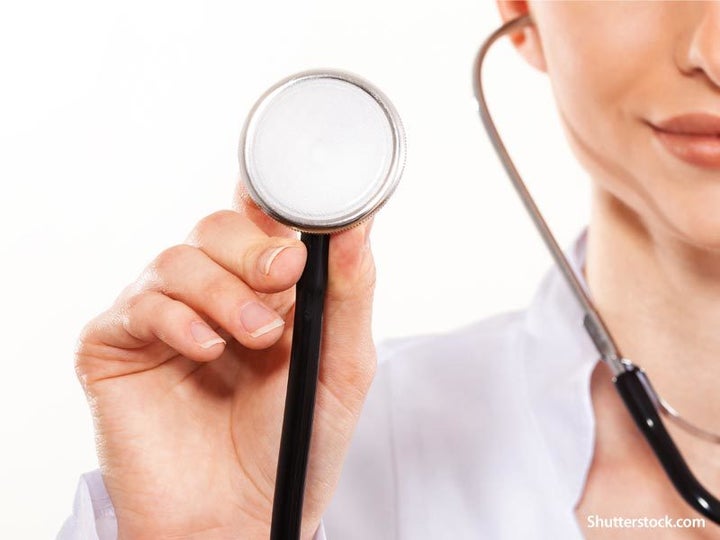
This story may raise your blood pressure. On Monday, November 13th, more than 15 million Americans became hypertensive.
New guidelines established by the American Heart Association, the American College of Cardiology and nine other health organizations labeled a majority (63%) of 45 to 75 year olds as hypertensive. Eight million more people will be instructed to start medication and 14 million will have to increase their current regimen.
The Numbers
New Normal BP: Under 120/80 Old Normal BP: Under 140/90
New Elevated BP: 120-129/anything Old “Prehypertension”: 120-139/80-89
Stage 1 Hypertension: 130-139/80-89
Stage 2 Hypertension: >140/90
The determination of high blood pressure requires at least two careful readings on at least two occasions. The guidelines indicate that “careful” means in a seated position, in a relaxed setting, not within 30 minutes of smoking, coffee or exercise.
How to determine your risk
In order to determine the appropriate treatment it is necessary to define not only your level of hypertension but also your risk category. This can be calculated with a standardized formula provided here.
Treatment Recommendations
If you have elevated blood pressure (120-129/anything), non-medical interventions are advised. These include diets high in fruits and vegetables and low in salt and bad fats, increased physical activity, an exercise regimen, weight loss where indicated, no smoking and limited alcohol consumption (women 1 serving/day, men 2 servings/day).
If you have Stage 1 (130-139/80-89), no cardiovascular disease and are at low risk (<10%), lifestyle modification is the place to begin.
If you have Stage 1 (130-139/80-89) and cardiovascular disease or risk above 10%, medication plus lifestyle modification is recommended.
If you have Stage 2 (>140/90), both medication and lifestyle modification are recommended.
Why Care?
Elevated blood pressure (BP) is linked to cardiovascular disease and stroke, the leading causes of death in the United States. It’s also worth pointing out that living with cardiovascular disease or surviving a stroke or heart attack dramatically compromises your quality of life.
Hypertension is a silent killer. There are no warning signs. If you don’t measure your blood pressure, you won’t know if you’re one of the 50% of Americans who have hypertension.
A 20 point increase in systolic blood pressure (top number) or 10 point increase in diastolic (bottom number) doubles the risk of death from heart attack, stroke or other cardiovascular disease complication.
What does it mean?
These new guidelines send a clear message that is easily lost. The typical American life makes us sick, physically and fiscally. More than half of Americans regularly took a prescription medication before these new guidelines. High blood pressure alone costs $48.6 billion per year including healthcare services, medication and missed days of work.
We live with an epidemic that has been obscured by normalization. We know its cause and its cure yet we are losing the battle. It’s hard to change the way we eat when our supermarkets and restaurants are filled with foods that cause disease. It is considered normal to sit for most of our waking hours. Cigarettes, the leading preventable cause of death (>480,000 deaths per year, approximately 1 in 5 deaths), remain legal. Stress and sleep deprivation are the status quo.
Imagine an overflowing tub that is flooding your home. You try to mop up but can’t keep pace as the water seeps into every room. Experts provide costly new more absorbent mops but the flooding accelerates. This is our reality. To suggest that business, science and government pursue a working faucet remains a naïve idea.